How to grow swede UK
Swede, also known as ‘Neeps’ in Scotland, is a hardy root vegetable. It’s almost otherworldly with its purple-green skin, and yellowy-orange flesh. But, despite its odd turnip-y look, they carry a sweet and earthy flavour. This makes Swede a great addition to hearty winter dishes.
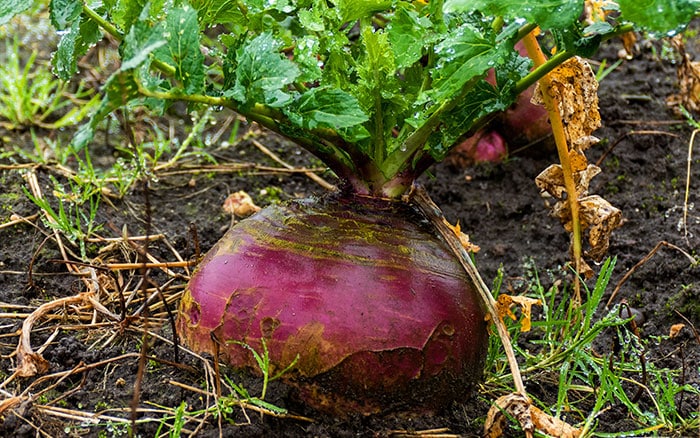
Swedes are relatively easy to grow from seeds, however, they require some patience. With a growing season of up to 6 months, they should be sown outside in spring and early summer, and harvested in early autumn to Christmas, and beyond! Sowing and harvesting times vary depending on variety, however. So, make sure you check the back of your seed packet before you get sowing!
Their longer growing season means they should be ready in time for Burn’s Night, on the 25th of January. Where they’re actually a traditional accompaniment to Haggis. Whether or not you have any plans to celebrate the life of poet Robert Burns, Swedes make a great addition to school and community gardens.
How do I grow Swede?
Swedes are hardy and grow well in cool, damp climates. It’s best to choose an open, sunny spot with moist, free-draining soil. To make sure the soil’s fertile, add some garden compost or well-rotted manure.
1. Prepare the ground.
Weed the area thoroughly and remove any large stones. Next, firm the soil down by treading on it using a shuffling motion. This could be a great opportunity to share any shuffle dance moves if you’re sowing with a school. Then comb over the surface with a rake to make it level.
2. Get sowing!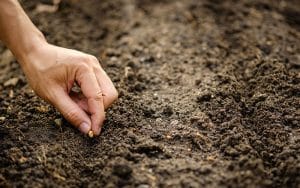
Swedes are best sown where they’re going to grow. Plus, make sure the soil is warm enough. It’s best to do this in spring or early summer. Next, make a shallow drill around 2cm deep. Make sure you water along the base then sow the seeds thinly. If you have multiple rows, space them around 38cm apart.
3. Keep them watered.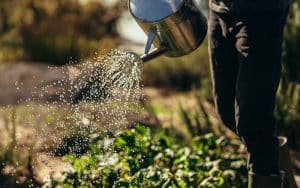
You should water young swede regularly until rooted. The aim is to keep the soil moist. This means you’ll need to water during dry spells to prevent cracking and corky growth. Plus, underwatering can give your Swede a bitter flavour..
4. Add some mulch.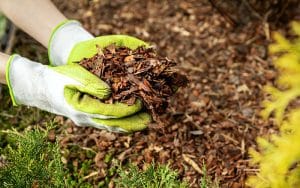
As mentioned previously, Swede benefits from a little nutrients boost from compost or well-rotted manure. Otherwise known as ‘Mulch’. Spread your mulch over the soil surface. This will hold moisture in the ground and deter weeds. It’s also worth noting that lifting Swedes from frozen soil can be tricky. So, we recommend covering the ground with a layer of straw or bracken held down with netting, or horticultural fleece when it gets chilly.
5. Harvest!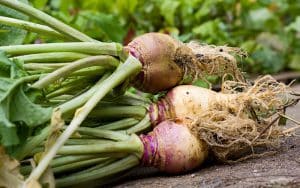
Swedes are versatile, so can be harvested at whichever size you prefer. But it’s best to harvest in autumn and winter. Simply pull the plants from the ground, trim the long roots and tops, and wash before eating or storing.
Where and how do I store Swede?
Before storing your Swedes, make sure to check that the vegetables are in good condition. You’ll also need to remove foliage and shake off any loose soil. Trust us, it doesn’t make a good seasoning.
In terms of where you store you Swedes, you have two options. The first is storing in boxes. To stop the vegetables from shrivelling, store the roots in layers of moist sand or peat substitute in boxes. And make sure they’re kept in a frost-free, dark place. Like a shed or a larder.
Your second option is storing your veg in clamps. These are efficient and inexpensive ways of storing root vegetables, where you insulate them with straw and soil. Plus, actually constructing a clamp can be a brilliant team activity for schools and communities. Why not get started today?
Swedes are delicious in soups, stews, and curries. Mashed, roasted, or boiled. As versatile as potatoes but with a richer, nuttier flavour. Growing these is a great way to add interesting veg to your garden and diet.

